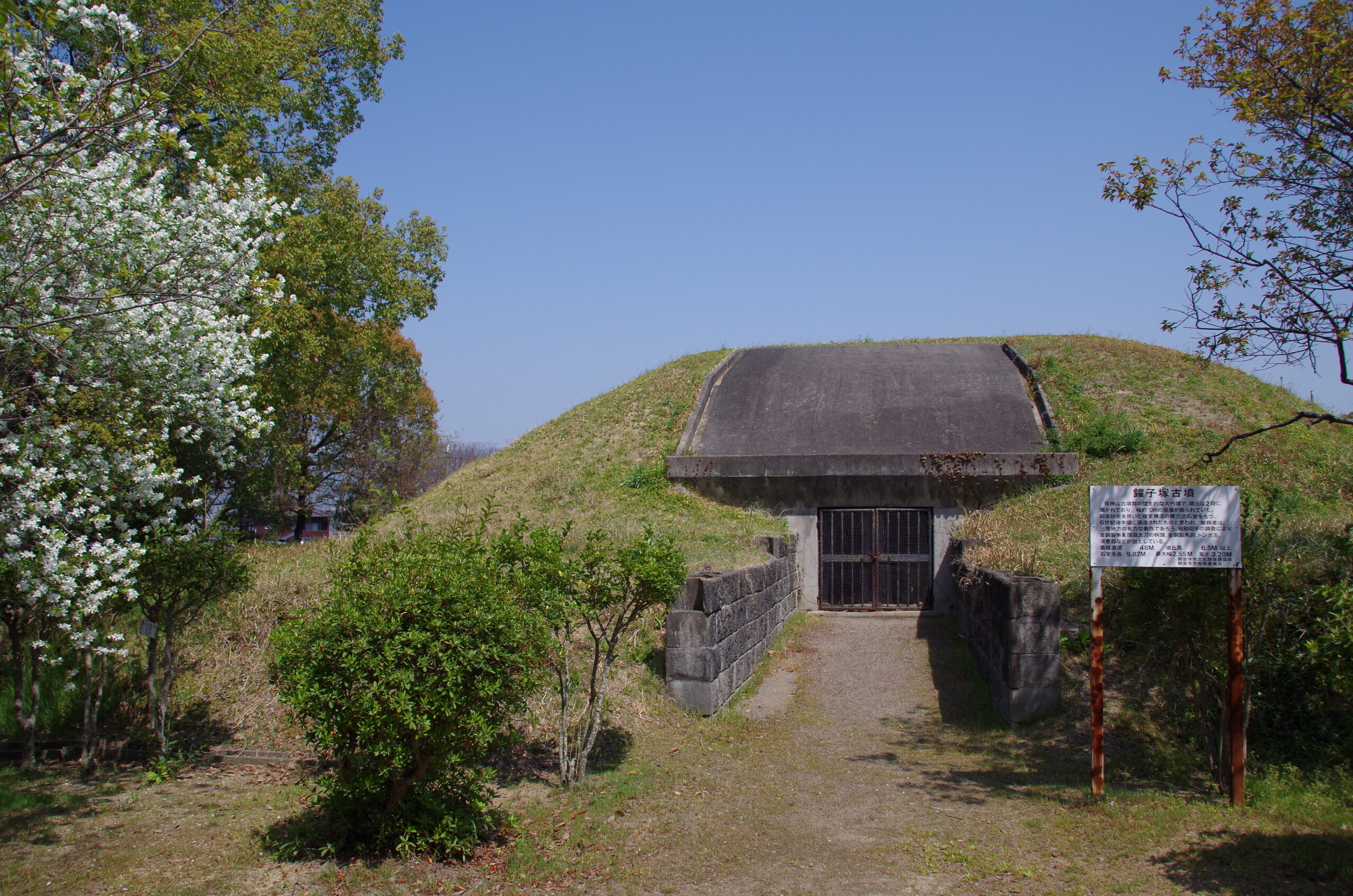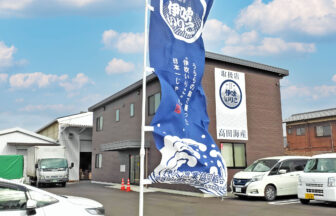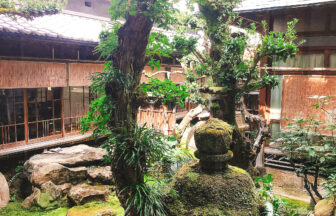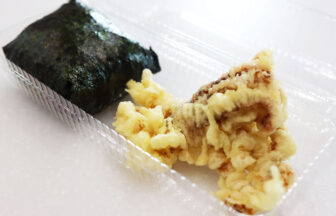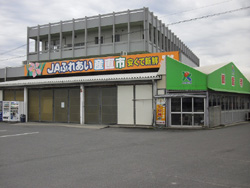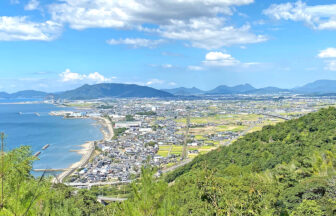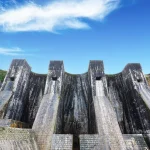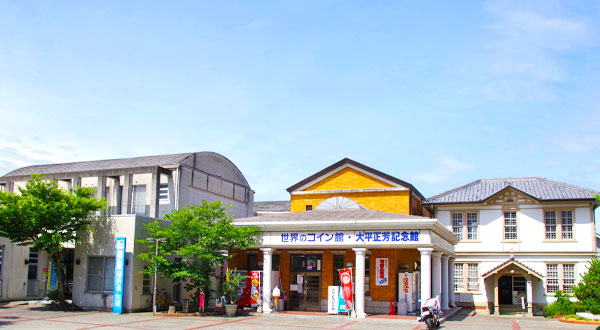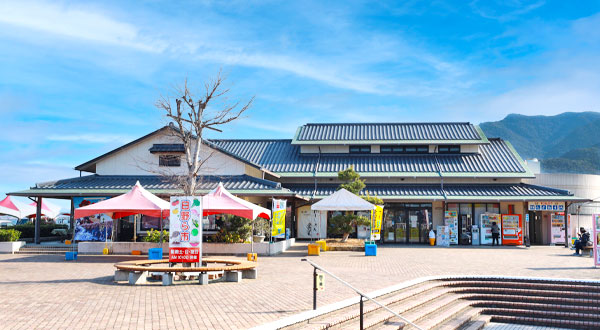Some of the tombs of the Hagamiyama tumulus group remain in the Kannonji City General Sports Park. Hagamiyama, located in the center of the Mitoyo Plain, is a cluster of about 60 small round burial mounds built in the late Kofun period (6th to 7th century), centering on the 44-meter-long Hisagozuka burial mound and the 48-meter-diameter Kansu burial mound. Among them, the Kansuzuka tumulus is said to be one of the largest late 6th century tumuli in the prefecture. Since the research and excavation of the Hagamiyama tumulus group has not yet been completed, there is a possibility that new tumuli may be found in the future.
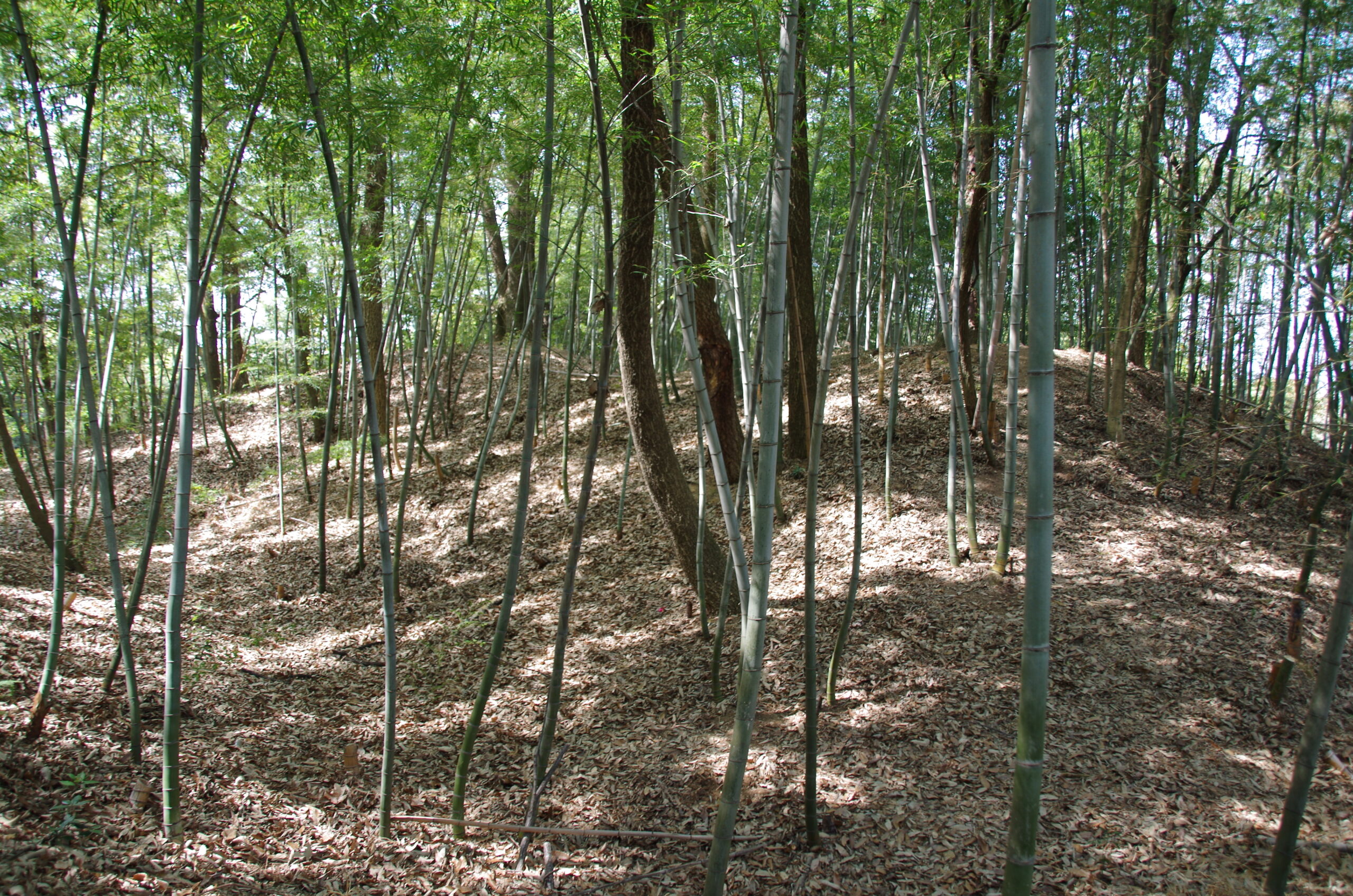
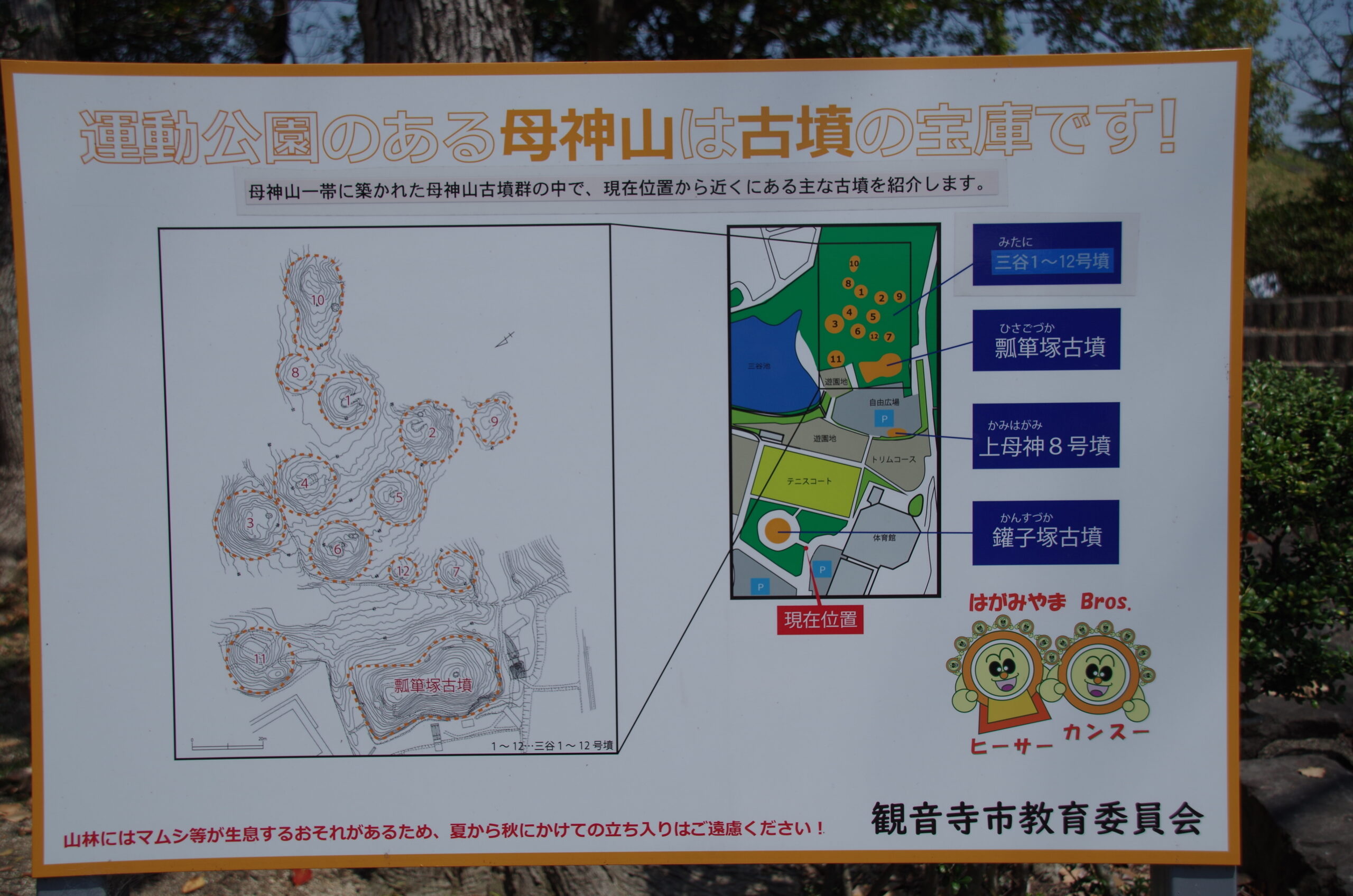
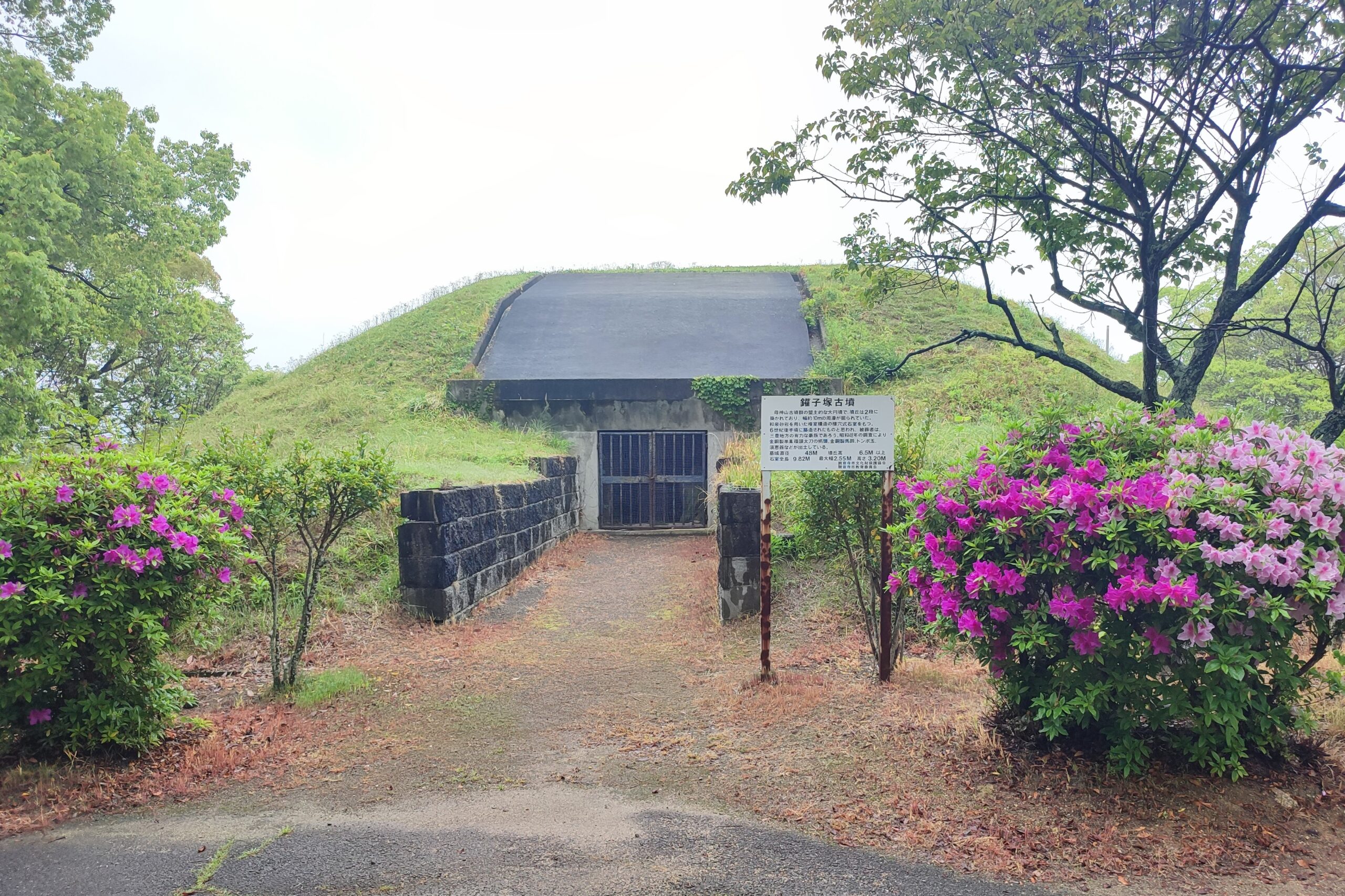
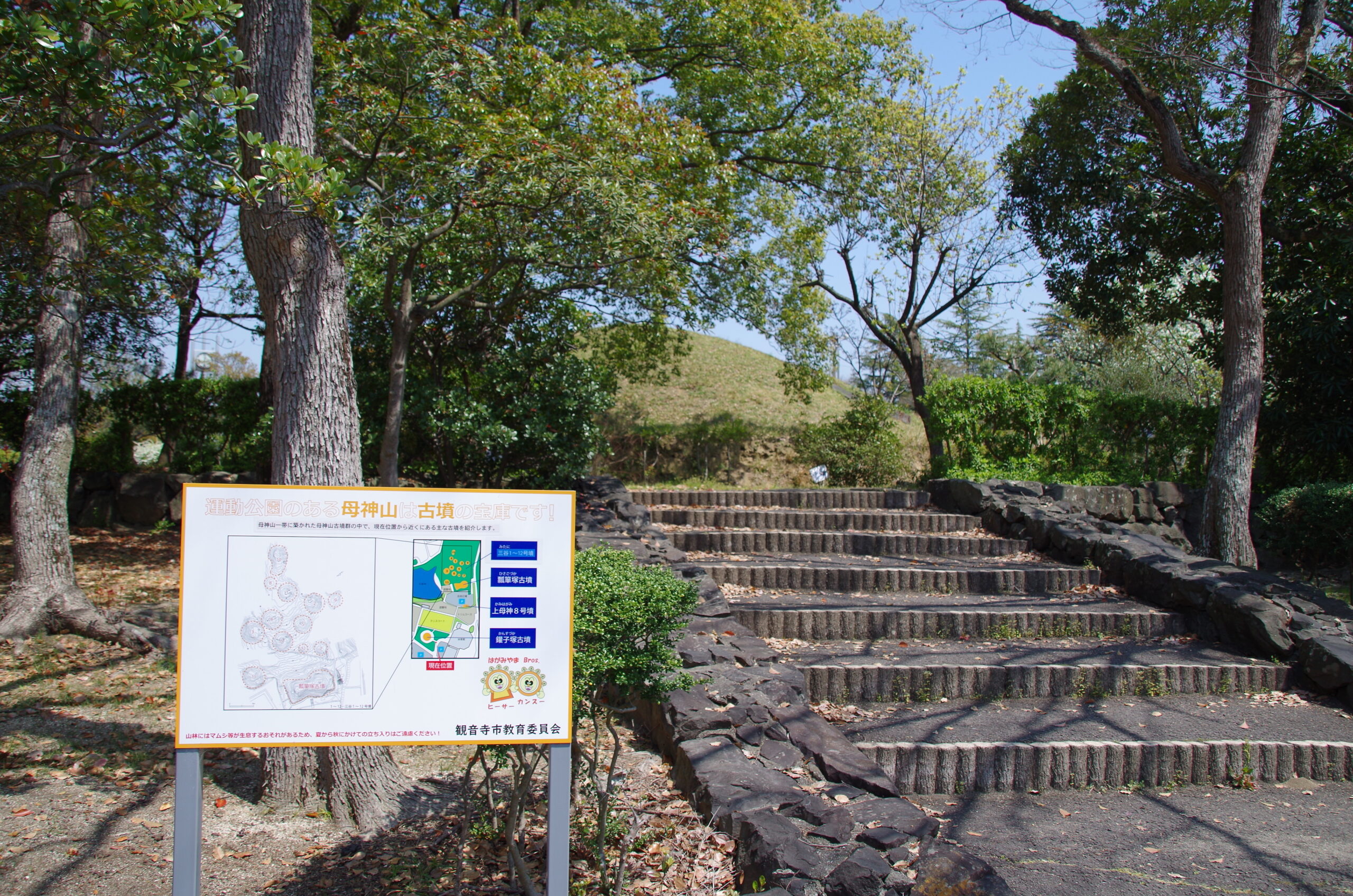
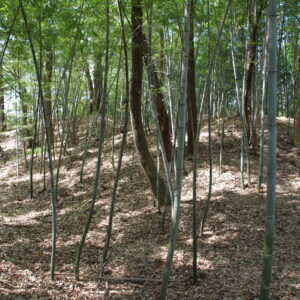
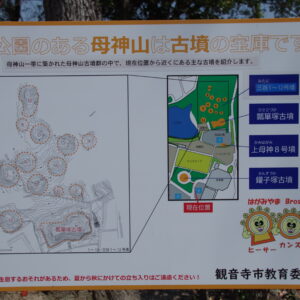
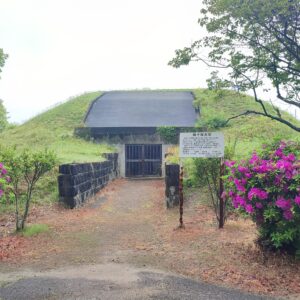
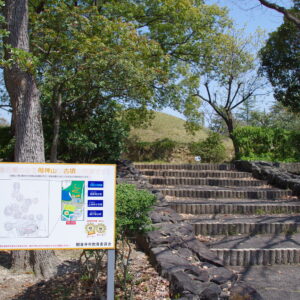
| address | 1071 Ikenojiri-cho, Kanonji-shi, Kagawa 768-0031 |
|---|---|
| map | |
| car | About 10 minutes (5 km) by car from the Onohara IC of Takamatsu Expressway |
| train | Approx. 10 minutes by cab from JR Kannonji Station (4 km) |
| parking lot | available(500 space) |
| contact us | Kannonji City Sports Park Management Office |
- Hisagozuka Tumulus
- Hagamiyama Kansuzuka Tumulus
The only surviving front-recessed circular mound in the Hagamiyama tumulus group.
Location: South side of Kannonji Sports Park (in the bamboo thicket behind the tennis courts)
Length: 44m
Shape: Anterior posterior circular mound
Back part: 26 m (diameter) x 5.7 m (height)
Anterior part: 18m x 5.1m high
Construction period: Around the first half of the 6th century
Burial site: Unknown as it has not been surveyed
Artifacts: Sue ware, cylindrical haniwa clay figurine
Summary: A 3-5m long ditch was found from the east side of the mound to the north side of the front part, and a ditch was also found on the south side of the rear circle part in the 1987 survey. The entire mound is covered with bamboo thickets, so it may be difficult to confirm the appearance of a posterior frontal circular mound.
One of the largest burial mounds in the prefecture dating from the late 6th century.
Name: Hagamiyama-Kansuzuka-kofun
Location: South side of the parking lot of Kannonji Sports Park
Length: 48 m (diameter) x 6.5 m (height)
Shape: Circular mound (two-tiered construction)
Peripheral moat: 10m wide (surrounding dust)
Construction period: Late 6th century
Burial facility: stone chamber (opening to the south)
Total length of stone chamber: 9.82m, maximum width 2.55m, height 3.2m
Artifacts: Bronze ring-headed sword, horse tack, Sue ware, etc.
Summary: Constructed using Izumi sandstone. The opening environs have been reinforced with concrete, but the inner chamber of the compound is quite beautifully built. It was designated as a city-designated historic site in 1971.

